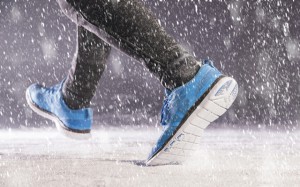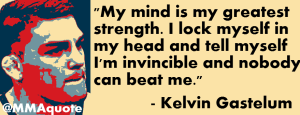Much to the dismay of many people in the northern half of the country, winter is approaching. The summer heat is fading and it may be time to start thinking about how you will work out when the temperature drops. Many fitness enthusiasts turn to treadmills and stationary bikes during the winter months but there are a number of studies that prove heading into the frozen tundra could be good for your fitness. Lets dive into what proper clothing, and activity can help keep you in shape, and in good spirits during the dark days of winter.
What to Wear
With it being cold outside, many will bundle up when gearing up for a workout. The best practice to ensure you do not overheat is to layer your clothing. This way you can peel off the clothing as your body heats up through exercise. For a base-layer, it is best to wear sweat wicking material in order to pull moisture away from your body. The next layer up should serve as insulation, wool or fleece material is often used for this. Outer layers are typically shell-type materials that break the wind and water that may be trying to get give you a chill.
Be sure to wear protection for your extremities as well. Gloves, ear, neck and face warmers may be appropriate if temperatures drop low. Your body will automatically heat your core to the correct temperature in the cold for survival but you need to be the judge for how to keep your exposed extremities warm.
Health Risks
Be aware of overexertion in the cold weather. It is easy for active people to overlook the extra stress that cold weather conditions can put on the body like snow, sleet, slush, etc. Be aware of your energy output to avoid exhaustion.
Every year, some individuals will fall victim to a heart condition from shoveling snow in their driveway. Strenuous activity in cold weather can place a lot of stress on your heart which increases a person’s risk of a heart attack.
Beware of the cold touch of frost bite. Harping on a point covered above, keep your extremities warm to avoid this happening to you. Any exposed skin can freeze in a half hour if if the temperature falls below 18 degrees Fahrenheit.
To read the full winter workout exercise and safety list, be sure to tune into Fitizen.org.

